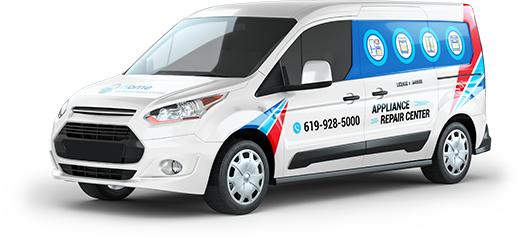The most common ‘illness’ among washing machines is clogging, which occurs in the drainage structure or in the filter.
Clogs can be caused by natural or mechanical causes. Foreign objects such as coins, buttons, brassiere bones, clasps, and the like cause a mechanical blockage. A natural blockage is caused by small lint, fluff, hair, and wool – which accumulates slowly over the course of many pieces of washing.
Prevention is better than clearing it out later.
To avoid impairing the functionality of your washing machine with a clog, simply
- check the pockets of the clothes before washing;
- using washcloths or wash bags;
- buttoning up your clothes before putting them in the machine.
And once a month, check the drain filter and clean it. This is where the most frequent blockages occur.
The structure of the drainage system
Why should the filter be cleaned? It is not just the filter that is blocked. Small objects can pass through the filter and cause a blockage – all the way down the drain.
The water which drains from the drum is routed to a special connection. Here, there is an outlet connected to the filter on which the fine particles settle. After the connection and the filter, the water goes to the pump and the pressurized water is discharged into the sewer. The drain hose is usually installed next to the trap or directly into the waste pipe.
Cleaning the filter is not difficult, but you need to know where in your model it is accessible.
Locate the door at the bottom of the washing machine on the right-hand side. The door can be opened using a flathead screwdriver. The door is sealed so it will require some effort. Inside there is a filter in the form of a screwed plug. One counterclockwise movement and you have the filter in your hands.
The filter can also be located elsewhere. Locate the rectangular panel on the bottom of the washing machine, which can be opened by pressing on the sides or by releasing the fasteners.
Be sure to put a container underneath when opening it, as there is residual water in the machine that needs to be drained out.
After removing the clog visible to the eye, check that there are no encrustations inside the hose. Rinse the accessible areas (pump and adjoining pipes) well with clean water using a special cleaning brush. Note if there is any limescale. If so, only replacement of the parts will help.
The washing machine can now be connected in test mode – in drainage mode. If everything has been done correctly there should be no pump and impeller problems!
If you find a major blockage in the system which cannot be simply flushed out, you will have to remove the washing machine wall.
Blockages not only occur in the washing machine, but also in the connections. Suppose, for example, a clogged passage in the place where the drain hose connects to the sewage system. In such a situation you must:
- disconnect the washing machine from the mains;
- shut off the water supply;
- remove the side panel or bottom panel using a flat screwdriver;
- empty the residual water;
Disconnect the hose from the drain.
There are models that are only accessible from the bottom. To inspect and clean the washing machine, it must be placed on its side.
With Electrolux washing machines, the hose is hidden on the rear wall. To clear the blockage, you will have to remove the cover.
When rinsing, use warm water with diluted citric acid or vinegar.
Failure to maintain and clean the filter may lead to unpleasant consequences. A clogged filter is a breeding ground for germs and this is where things get sour, moldy, and smelly. Soon the unpleasant smell can reach the tank.
A clogged filter prevents good drainage, so the electronic control may also fail.
Foreign objects can slip through the filter and into the pump. If the pump is jammed, if broken blades get caught in the impeller, then some parts have to be repaired and replaced!
To avoid serious soiling and breakdowns, you should clean your washing machine regularly. If you have high water hardness, pets, or frequent washings, you should look inside the machine a couple of times a month.
If you can’t do it yourself, contact San Diego Appliance Repair. Our handyman will help you with this problem
Contact us
 619-928-5000
619-928-5000  Request Service
Request Service 
